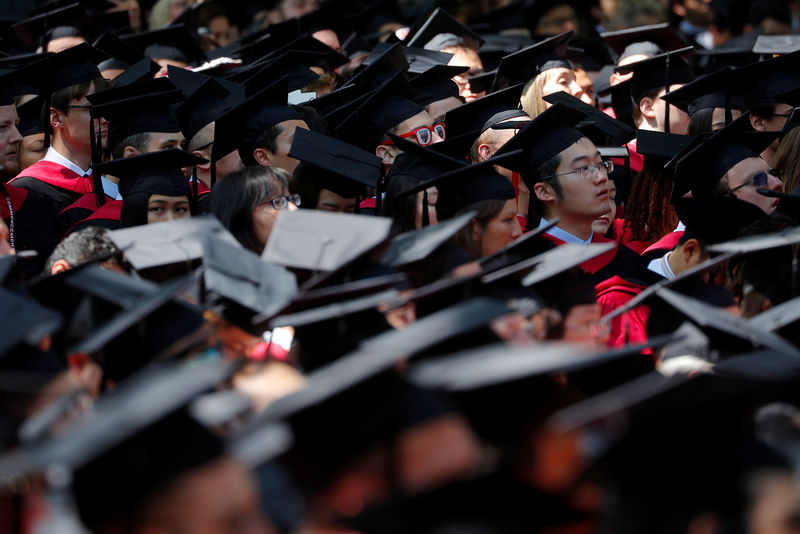(Bloomberg) -- While the pandemic disproportionately hurt women in the workforce more than men, the bigger divide was among education levels, according to a new paper by Harvard University economist Claudia Goldin.
When restaurants, retailers and other service providers closed, those without college degrees were more likely to lose their jobs. Meantime, many college-educated Americans could continue to work from home.
“The pandemic produced both a he- and a she-cession,” Goldin wrote in a report discussed at the Brookings Papers on Economic Activity conference Thursday. “Relative to previous recessions, women have been harder hit. But the largest differences in pandemic effects on employment are found between education groups rather than between genders within educational groups.”
“And that makes it more similar to previous recessions,” she wrote.
In May 2020, more than 60% of men and women with college degrees were working at home due to Covid-19, Goldin said. Among those with less education, only about 25% of employed women and roughly 14% of men were.
Goldin compares the percentage of people “at work” during the pandemic -- a measure that excludes those who said they had a job but were not actually working, like someone who was furloughed -- with the share in prior periods.
Among those ages 20-54, female college graduates at work fell by 2.7 percentage points from fall 2018 to fall 2020. That compared to 2.6 percentage points among male college graduates. For non-college graduates, those figures dropped by more than double.
Goldin also found that by and large, employed mothers didn’t leave the labor force, despite greatly increased time demands for their children amid school and day-care closures. However, the share “at work” fell more precipitously for Black and Hispanic women and those with young children.
©2022 Bloomberg L.P.
